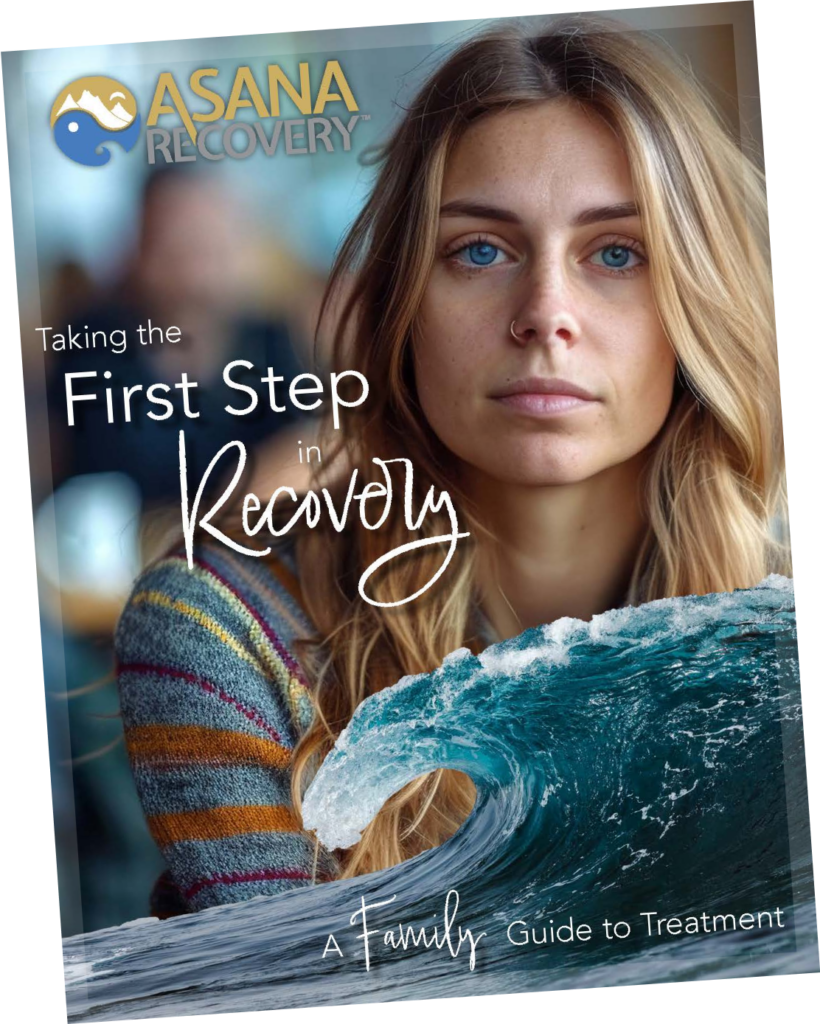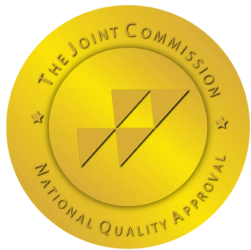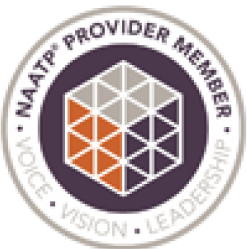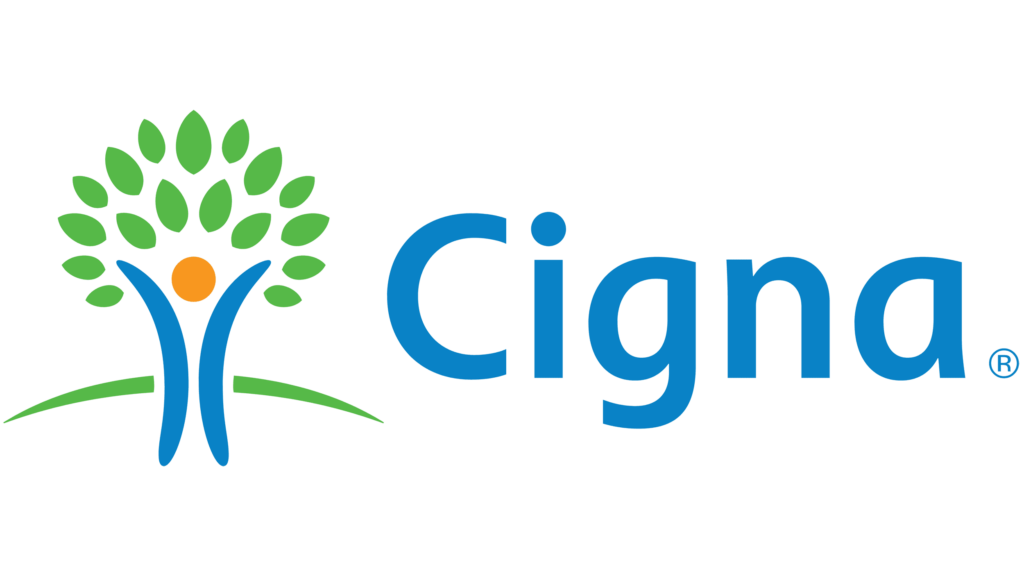Alcohol withdrawal occurs when someone who has developed physical dependence on alcohol suddenly stops or significantly reduces their drinking. The process can range from mild discomfort to potentially life-threatening complications, making proper management crucial for safety and recovery success.
Alcohol withdrawal represents a complex physiological response that occurs when someone who has developed alcohol dependence suddenly stops or significantly reduces their alcohol intake. The body’s central nervous system, having adapted to alcohol’s persistent presence, must undergo a significant readjustment period. This process manifests through various physical and psychological symptoms that can range from mild discomfort to severe, life-threatening conditions1
Physical Symptoms
The physical aspects of alcohol withdrawal encompass a wide range of bodily responses. When alcohol consumption ceases, the body experiences significant autonomic nervous system changes, leading to tremors and uncontrollable shaking. The thermoregulatory system becomes disrupted, causing profuse sweating and fever. Gastrointestinal distress manifests as severe nausea and vomiting, while cardiovascular changes result in increased heart rate and elevated blood pressure. Many individuals also experience persistent headaches and disrupted sleep patterns that can last for several days or weeks.
Psychological Symptoms
The psychological effects of alcohol withdrawal are equally challenging and can persist longer than physical symptoms. Individuals typically experience intense anxiety and irritability as their brain chemistry adjusts. Mood swings become frequent and unpredictable, often accompanied by periods of depression. Cognitive functions are affected, leading to confusion and difficulty concentrating. Perhaps most challenging are the intense cravings for alcohol, which can persist long after the acute withdrawal phase has passed.
The progression of alcohol withdrawal follows a predictable yet individually variable timeline. During the first 6-12 hours after the last drink, individuals begin experiencing mild anxiety, slight tremors, headaches, and stomach upset. Sleep disturbances typically begin during this period, setting the stage for more intense symptoms.
As the timeline progresses to 12-24 hours, symptoms intensify significantly. Anxiety levels increase markedly, and disorientation becomes more pronounced. Hand tremors become more noticeable, and some individuals may experience their first seizures, marking a critical period requiring medical attention.
The 24-48 hour period often represents the most challenging phase of withdrawal. During this time, individuals may experience visual and auditory hallucinations, accompanied by an increased risk of seizures. Blood pressure typically peaks during this period, and severe confusion sets in. The intensity of alcohol cravings reaches its height, making this period particularly challenging for maintaining sobriety.
The 48-72 hour window is crucial, as it presents the highest risk for severe complications. This period may bring delirium tremens (DTs), a potentially life-threatening condition characterized by severe hallucinations, extreme confusion, and autonomic instability. Physical symptoms reach their peak intensity during this time, requiring careful medical monitoring.
Asana Recovery works with most PPO plans, covering up to 100%. See if your insurance can help fund your journey. Click below to get a free quote.

Professional medical detox provides the safest environment for alcohol withdrawal. Benefits include:
Common Medications Used
Home detox from alcohol requires careful planning and specific conditions to ensure safety. The decision to detox at home should only be made after thorough medical evaluation and with ongoing professional oversight.
A successful home detox program requires several key elements working in harmony. First, individuals must receive explicit medical clearance confirming they have no history of severe withdrawal symptoms or serious medical conditions that could complicate the process. Beyond medical approval, a robust support system becomes crucial, consisting of family members or friends who can provide 24/7 monitoring and assistance. Regular medical check-ins must be scheduled throughout the process to ensure safety and adjust treatment as needed.
Requirements for Safe Home Detox
Home Management Strategies
Proper nutrition plays a fundamental role in supporting the body through alcohol withdrawal and early recovery. During withdrawal, the body undergoes significant stress while attempting to restore balance and heal from alcohol’s effects.
A comprehensive nutritional approach focuses on replenishing essential nutrients often depleted by long-term alcohol use. The body particularly needs B-complex vitamins, especially thiamine, which is crucial for proper brain function and recovery. Magnesium supplementation helps reduce withdrawal symptoms and supports nerve function, while zinc aids in immune system recovery. Vitamin C becomes essential for tissue repair and overall healing. The dietary strategy should emphasize small, frequent meals featuring easily digestible foods, high-quality proteins, and complex carbohydrates, complemented by fresh fruits and vegetables to support overall recovery.
Essential Nutrients
Dietary Recommendations
Long-term recovery from alcohol dependence requires a multifaceted approach that extends well beyond the initial withdrawal period. The foundation of successful recovery lies in building and maintaining a strong support network that includes professional counseling, active participation in support groups, and meaningful involvement from family and friends. Peer recovery programs provide invaluable guidance and understanding from those who have experienced similar challenges.
Additionally, implementing comprehensive lifestyle changes becomes crucial for sustained sobriety. This includes developing a regular exercise routine that promotes physical and mental well-being, mastering effective stress management techniques, establishing healthy sleep patterns, and discovering new hobbies and interests that provide fulfillment without alcohol. A critical component involves learning to identify and actively avoid triggers that might lead to relapse.
Building a strong support network is crucial for maintaining sobriety:
Implementing healthy habits supports ongoing recovery:
The duration of alcohol withdrawal is a complex process that varies significantly among individuals, influenced by multiple factors including drinking history, genetic predisposition, and overall health status. The acute phase typically spans 5-7 days, with symptoms reaching their peak intensity around 72 hours after the last drink. However, the complete withdrawal experience often extends beyond this initial period. Many individuals experience post-acute withdrawal syndrome (PAWS), which can persist for months or even up to a year after cessation.
During PAWS, individuals may face ongoing challenges such as mood fluctuations, sleep disturbances, anxiety, and periodic cravings. The severity and duration of withdrawal symptoms often correlate with the length and intensity of alcohol use, with long-term heavy drinkers typically experiencing more prolonged and intense withdrawal periods. Recovery time can be significantly influenced by factors such as age, overall health status, previous withdrawal experiences, and the presence of co-occurring mental health conditions.
The decision to undergo alcohol detox at home requires careful consideration and should never be made lightly. While mild cases of alcohol withdrawal might theoretically be managed at home under strict medical supervision, this approach carries significant risks that must be thoroughly understood.
The unpredictable nature of withdrawal symptoms means that even seemingly mild cases can rapidly escalate into life-threatening situations without warning. Professional medical detox facilities provide essential safeguards that cannot be replicated in a home environment, including continuous vital sign monitoring, immediate access to emergency medical care, and appropriate medication management protocols. Additionally, medical facilities offer crucial psychological support and can address complications immediately, preventing potentially fatal outcomes.
The decision to attempt home detox should only be considered after a comprehensive medical evaluation and with continuous professional oversight throughout the process. Individuals with a history of severe withdrawal symptoms, seizures, or other medical complications should always opt for inpatient medical detox to ensure their safety.
Benzodiazepines are the primary medication used in alcohol withdrawal management, as they help prevent seizures and reduce anxiety. Other medications may include anti-seizure medications, beta-blockers for heart rate control, and in some cases, antipsychotics. The specific medication protocol depends on individual circumstances and should be determined by a healthcare provider.
The best way to prevent severe withdrawal symptoms is to undergo medically supervised detox. Other important factors include:
Severe withdrawal symptoms requiring immediate medical intervention include:
Supporting someone during alcohol withdrawal involves:
We get it. Addiction recovery is tough. That’s why our programs are founded and staffed by people in recovery – people who truly understand.
Alcohol withdrawal can be challenging and, in some cases, life-threatening without proper support.
At Asana Recovery, we provide safe, medically supervised detox programs and personalized recovery plans to help you or your loved one navigate this critical phase.
Our compassionate team of professionals is dedicated to ensuring your safety, comfort, and long-term success. Contact Asana Recovery today to take the first step toward a healthier, alcohol-free future.
Take your first step towards lasting recovery. At Asana, we offer effective, insurance-covered treatment for addiction and mental health, guided by experts who understand because they’ve been there. Start your healing today.

This book has helped so many men and women; and we want to give it you for FREE. Get signed up today and discover how to unlock the grip of addiction and get back to living your best life.
In this book, you’ll discover…
— The Most Common Misconceptions About Addiction and Rehab
— Why Rock Bottom is a Myth and What You Can Do About It
–The Steps to Healing From Trauma, Both Mentally and Emotionally
–And much more!

Asana Recovery is licensed and certified by the State Department of Health Care Services.


© Copyright 2024 Asana Recovery™ | All Rights Reserved | Privacy Policy
You could save up to 100% of your treatment using your Insurance.





Asana Recovery
We firmly believe that the internet should be available and accessible to anyone, and are committed to providing a website that is accessible to the widest possible audience, regardless of circumstance and ability.
To fulfill this, we aim to adhere as strictly as possible to the World Wide Web Consortium’s (W3C) Web Content Accessibility Guidelines 2.1 (WCAG 2.1) at the AA level. These guidelines explain how to make web content accessible to people with a wide array of disabilities. Complying with those guidelines helps us ensure that the website is accessible to all people: blind people, people with motor impairments, visual impairment, cognitive disabilities, and more.
This website utilizes various technologies that are meant to make it as accessible as possible at all times. We utilize an accessibility interface that allows persons with specific disabilities to adjust the website’s UI (user interface) and design it to their personal needs.
Additionally, the website utilizes an AI-based application that runs in the background and optimizes its accessibility level constantly. This application remediates the website’s HTML, adapts Its functionality and behavior for screen-readers used by the blind users, and for keyboard functions used by individuals with motor impairments.
If you’ve found a malfunction or have ideas for improvement, we’ll be happy to hear from you. You can reach out to the website’s operators by using the following email
Our website implements the ARIA attributes (Accessible Rich Internet Applications) technique, alongside various different behavioral changes, to ensure blind users visiting with screen-readers are able to read, comprehend, and enjoy the website’s functions. As soon as a user with a screen-reader enters your site, they immediately receive a prompt to enter the Screen-Reader Profile so they can browse and operate your site effectively. Here’s how our website covers some of the most important screen-reader requirements, alongside console screenshots of code examples:
Screen-reader optimization: we run a background process that learns the website’s components from top to bottom, to ensure ongoing compliance even when updating the website. In this process, we provide screen-readers with meaningful data using the ARIA set of attributes. For example, we provide accurate form labels; descriptions for actionable icons (social media icons, search icons, cart icons, etc.); validation guidance for form inputs; element roles such as buttons, menus, modal dialogues (popups), and others. Additionally, the background process scans all the website’s images and provides an accurate and meaningful image-object-recognition-based description as an ALT (alternate text) tag for images that are not described. It will also extract texts that are embedded within the image, using an OCR (optical character recognition) technology. To turn on screen-reader adjustments at any time, users need only to press the Alt+1 keyboard combination. Screen-reader users also get automatic announcements to turn the Screen-reader mode on as soon as they enter the website.
These adjustments are compatible with all popular screen readers, including JAWS and NVDA.
Keyboard navigation optimization: The background process also adjusts the website’s HTML, and adds various behaviors using JavaScript code to make the website operable by the keyboard. This includes the ability to navigate the website using the Tab and Shift+Tab keys, operate dropdowns with the arrow keys, close them with Esc, trigger buttons and links using the Enter key, navigate between radio and checkbox elements using the arrow keys, and fill them in with the Spacebar or Enter key.Additionally, keyboard users will find quick-navigation and content-skip menus, available at any time by clicking Alt+1, or as the first elements of the site while navigating with the keyboard. The background process also handles triggered popups by moving the keyboard focus towards them as soon as they appear, and not allow the focus drift outside it.
Users can also use shortcuts such as “M” (menus), “H” (headings), “F” (forms), “B” (buttons), and “G” (graphics) to jump to specific elements.
We aim to support the widest array of browsers and assistive technologies as possible, so our users can choose the best fitting tools for them, with as few limitations as possible. Therefore, we have worked very hard to be able to support all major systems that comprise over 95% of the user market share including Google Chrome, Mozilla Firefox, Apple Safari, Opera and Microsoft Edge, JAWS and NVDA (screen readers).
Despite our very best efforts to allow anybody to adjust the website to their needs. There may still be pages or sections that are not fully accessible, are in the process of becoming accessible, or are lacking an adequate technological solution to make them accessible. Still, we are continually improving our accessibility, adding, updating and improving its options and features, and developing and adopting new technologies. All this is meant to reach the optimal level of accessibility, following technological advancements. For any assistance, please reach out to